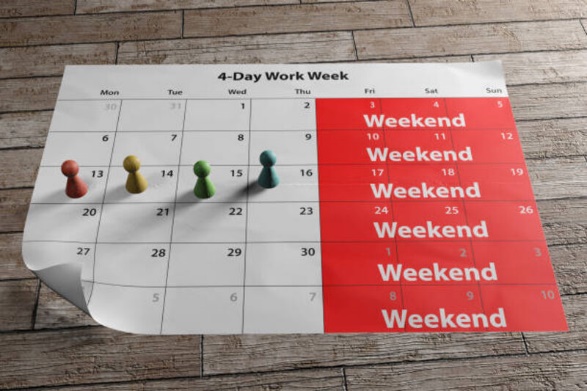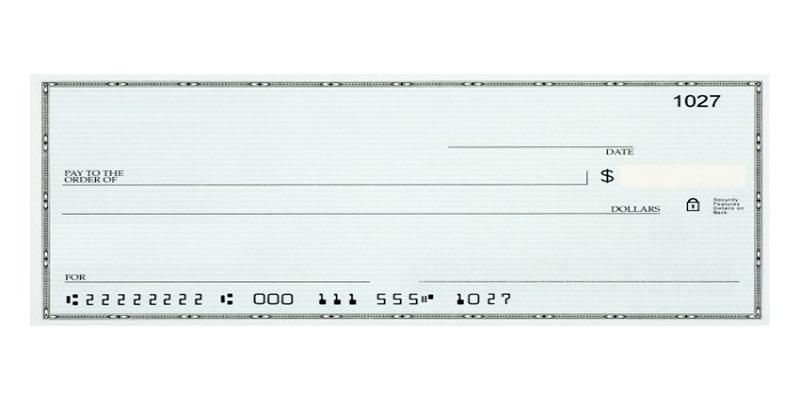As a business or individual, managing money wisely is an important part of staying afloat. Accurately calculating depreciation over time to determine the cost of assets and prevent unexpected expenses can be a challenge. That’s why it pays to understand methods like the declining balance method when it comes to your finances. This article covers exactly what this method is, how it works, and provides examples so you can apply the concept in your own life or business.
Definition of the Declining Balance Method
The declining balance method is a system of calculating depreciation on assets. It’s used in the accounting process to determine the cost of an asset over time, allowing the user to account for its depreciation as it decreases in value or use. This method allows businesses and individuals to accurately calculate how much their assets are worth at any given time. This helps them plan budgets accordingly and allocate resources effectively.
How Does the Declining Balance Method Work?

The declining balance method works by taking a predetermined percentage of an asset's initial value each year and subtracting this amount from the total cost of the asset. This percentage can be adjusted depending on the desired depreciation rate, with higher percentages resulting in faster rates of decline. As such, this method can be used for assets that are expected to depreciate quickly, such as computers and vehicles, or those that are expected to last a long time, such as furniture.
By using the declining balance method, businesses and individuals can accurately predict how much an asset will cost after a certain period of time.
Example of the Declining Balance Method
Let’s say you purchase a car for $20,000. You decide to use the declining balance method with a 10% depreciation rate each year. The first year, you would subtract 10% from the total cost of the car ($2,000), leaving you with an adjusted value of $18,000. The next year you would take 10% of the adjusted value ($1,800) and subtract it from the total cost of the car. This would leave you with a new adjusted value of $16,200. Each year the amount of depreciation that is subtracted from the total cost decreases as the asset's value declines.
How to Calculate Depreciation with the Declining Balance Method?
Calculating depreciation on assets with the declining balance method is relatively simple. The equation you need to use looks like this:
Depreciation = Initial Value x (Declining Balance Rate)^(Year of Depreciation).
The initial value is the total cost of the asset, while the declining balance rate is a predetermined percentage that indicates how quickly you want your asset to depreciate over time. For example, if you choose a 10% rate for one year, then your calculation would look like this:
Depreciation = $20,000 x (0.1)^1 = $2,000.
This means that after one year, your car would be worth $18,000.
Common Mistakes Made With The Declining Balance Method
When using the declining balance method, it’s important to be mindful of a few common mistakes.
- make sure you use the right rate for your asset. If you set the rate too low or too high, you could end up with an inaccurate prediction of its value over time.
- Remember to include all costs associated with the asset when calculating its initial value as this will affect how much depreciation is subtracted each year.
- Always double check your calculations to ensure accuracy and avoid any costly errors.
When Should You Use the Declining Balance Method in Accounting Practices?

The declining balance method is most commonly used for assets that are expected to depreciate quickly such as vehicles and computers. This method can also be useful for certain long-term assets such as furniture, buildings, or equipment.
Overall, the declining balance method is a great way to accurately calculate depreciation on an asset over time. By following the steps outlined above, you can properly plan and allocate your resources accordingly. With this knowledge in hand, you’ll have a better understanding of how much your assets are worth and make more informed decisions when it comes to accounting practices.
Advantages of the Declining Balance Method
The declining balance method offers a number of advantages over other depreciation methods.
• It allows for faster rates of depreciation, which is ideal for assets that are expected to depreciate quickly.
• The calculations can be easily adjusted depending on your desired depreciation rate.
• It provides a more accurate prediction of an asset’s value over time.
• Overall, the declining balance method is simple to use and understand.
Disadvantages of the Declining Balance Method
Despite its many benefits, there are also some drawbacks associated with the declining balance method.
• This approach does not take into account any changes in market conditions or technological advances that could affect an asset’s value over time.
• It can also lead to a lower tax benefit as the amount of depreciation decreases each year.
• If you choose a higher rate for your asset, you may end up with an inaccurate prediction of its value over time.
Conclusion
The declining balance method can be a great tool for accurately calculating depreciation on assets over time. With its ability to adjust the rate of depreciation, you can take into account any changes that may occur with your asset and make more informed decisions when it comes to accounting practices. However, it is important to remember that this approach does not take into consideration any market conditions or technological advances. Keeping these things in mind, the declining balance method can be an effective way to track an asset’s value over time.
FAQs
Q1: What is the declining balance method?
A1: The declining balance method is a way of calculating depreciation on an asset over time. It uses a predetermined percentage to indicate how quickly you want your asset to depreciate and can be adjusted depending on your desired rate.
Q2: When should I use the declining balance method?
A2: The declining balance method is most commonly used for assets that are expected to depreciate quickly, such as vehicles and computers. It can also be useful for certain long-term assets such as furniture, buildings, or equipment.




